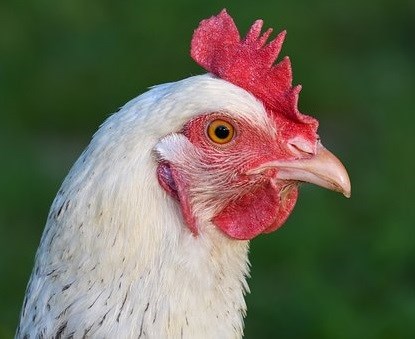Contact
Department of Applied Animal Science and Welfare (former HMH), Section of Ethology and Animal Welfare

Animals are often synchronised in their behaviour, with costs and benefits varying according to group size and the behaviour being performed. Synchronised behaviour is common in poultry, and designing housing that allow space and opportunity for many birds at one time to synchronise their behaviour is therefore a challenge.
Previous research have focused on resource allocation in adult laying hens. In this study from the Swedish University of Agricultural Sciences, researchers this time investigated the effect of group size on synchronisation in young pullets. The results showed that behavioural synchrony and clustering in space decreased with increasing bird group size. Preening was the most synchronous behaviour, and feeding the most clustered in space.
These results imply that it is more important to provide enough space for all birds to perform daytime activities simultaneously when kept in the smaller group sizes typical of cages, than in the larger flocks typical of birds kept in floor pens and aviaries.
https://doi.org/10.1016/j.applanim.2017.04.002
Linda J. Keeling , Ruth C. Newberry, Inma Estevez. Flock size during rearing affects pullet behavioural synchrony and spatial clustering. Applied Animal Behaviour Science. (2017), Volume 194, Pages 36-41